This morning only two students went out on the boat. They report more crocs, monitor lizards, and malachite kingfishers. Most everyone else has been packing up for our flight over to Savute and then gathering at the main area for some pre-flight anticipation:

The grass airfield at Camp O is behind the lodge itself, and a short (another quarter mile ;~) walk. As usual, we have two small Cessnas, and will be putting 10 people in one, 5 in the other. For this particular flight, the first few minutes are over the delta, and then we start seeing things dry out as we head over to Savute, which is much more a savannah type landscape.
Even at only a few hundred feet off the ground, big animals just become small at this view, as you’ll see in a moment.

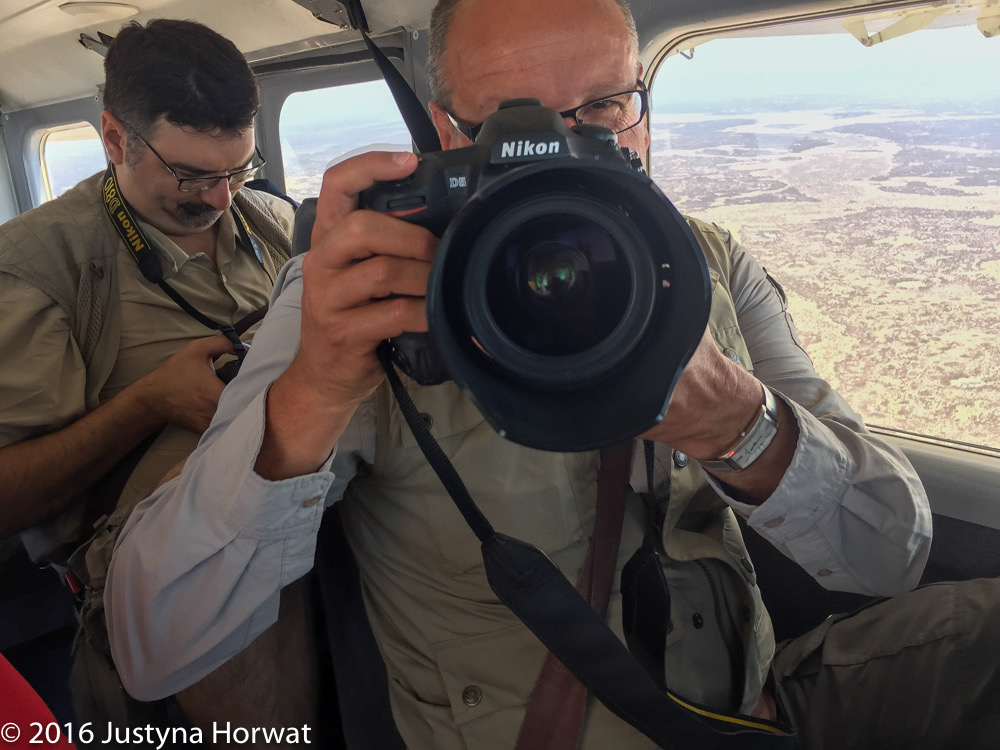

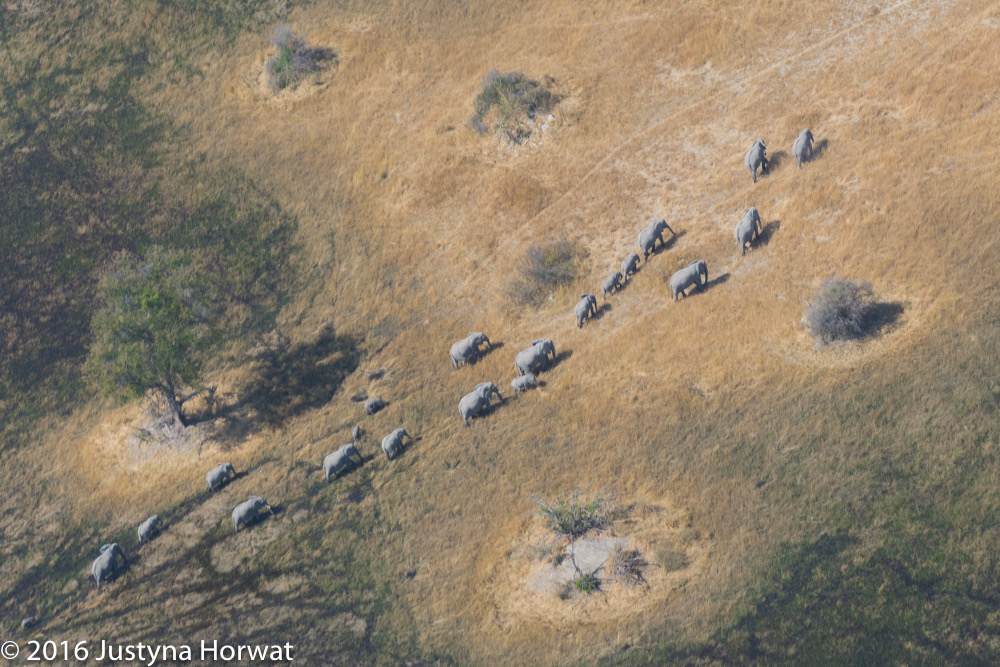
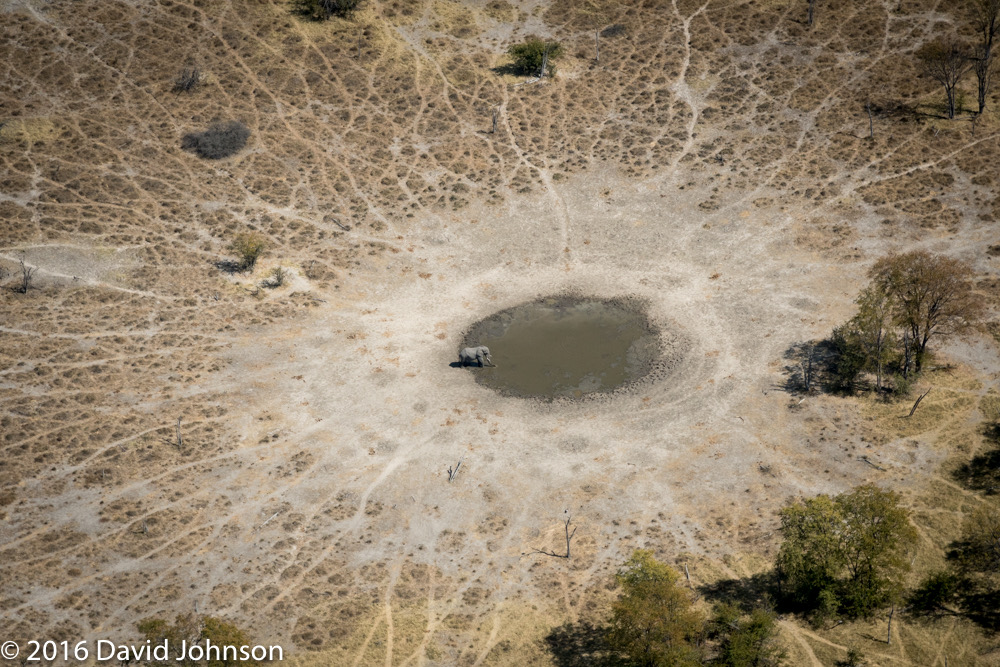
Upon landing at Savute International Airport we breezed through customs and back into our waiting Land Cruisers, where we were whisked off to camp for lunch.
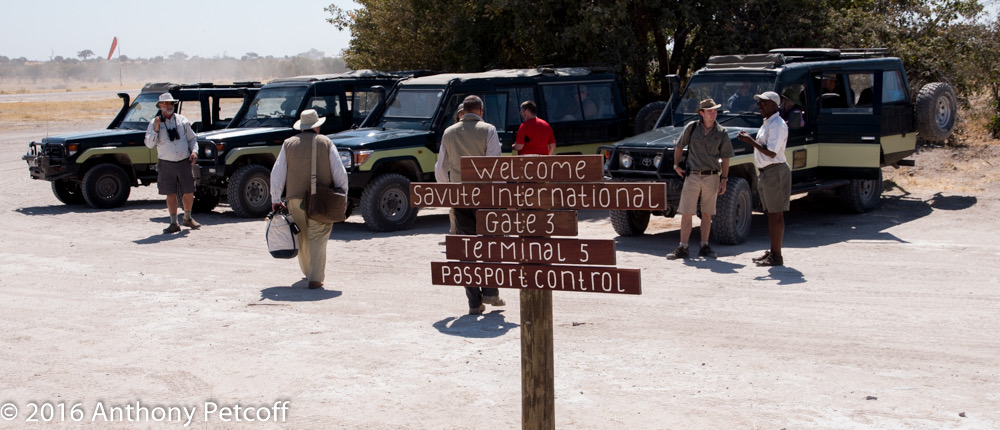
Here’s where things get sketchy. After lunch the four vehicles went far and wide, and Savute is a big area. Part of this is plan. It’s our first drive in Savute, and we’re trying to establish some level of understanding as to where the animals are at the moment. Since I only know what was happening in one vehicle for most of the afternoon, I’m going to let photos play out what was seen by the various vehicles:

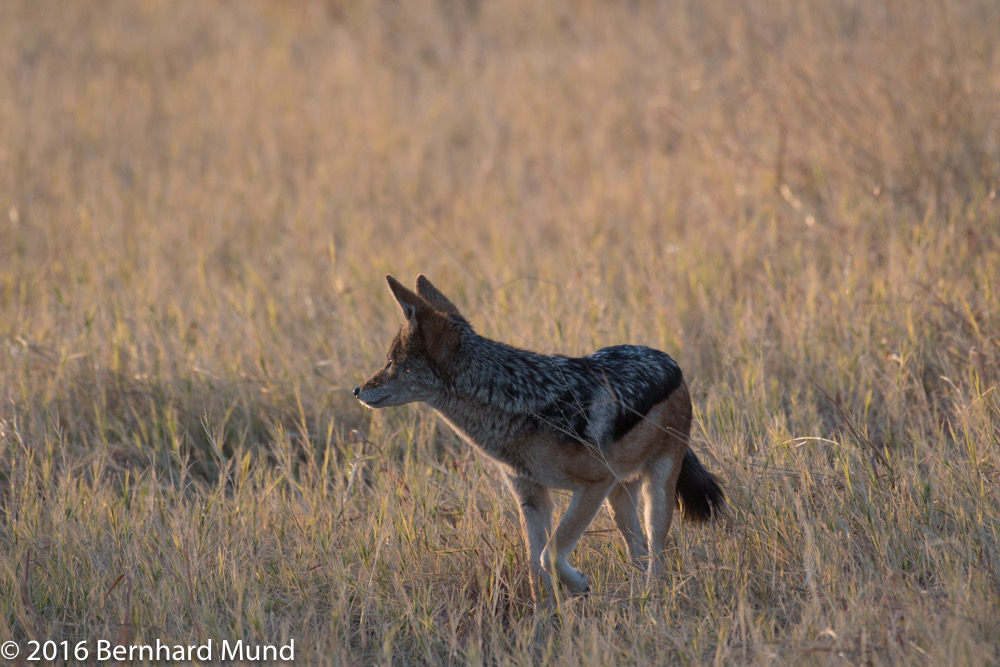


I did notice that Tony went into bird mode today, though:
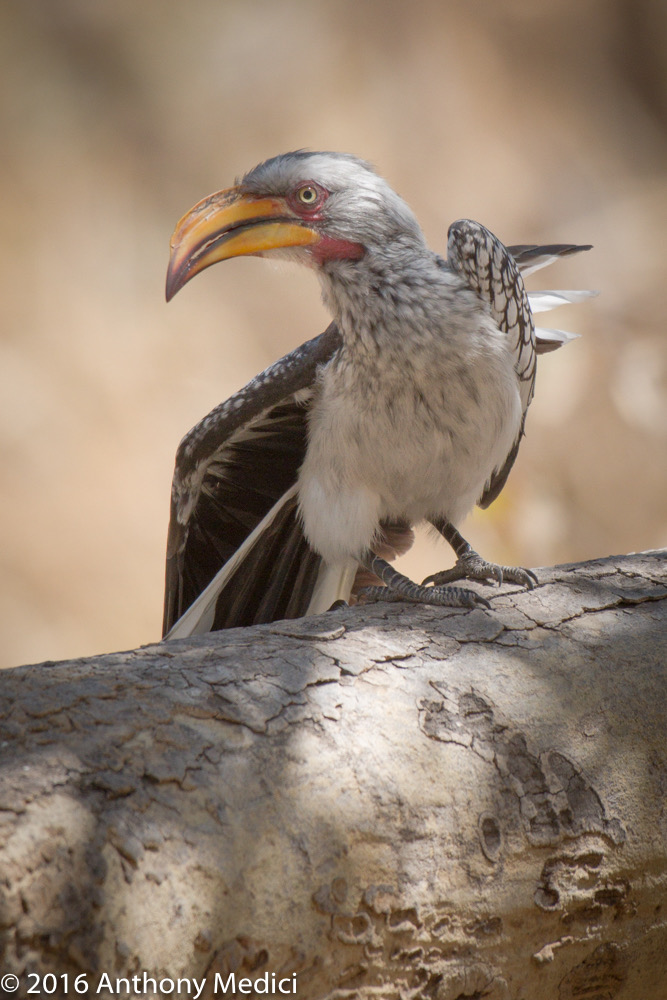



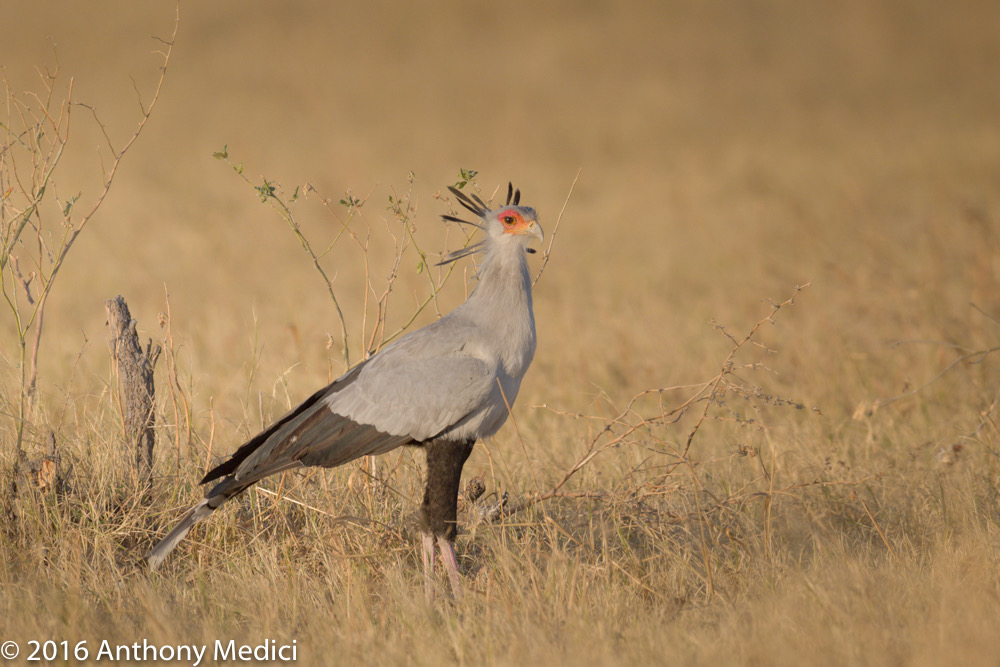
Towards the very end of the day, we finally find our first leopard:
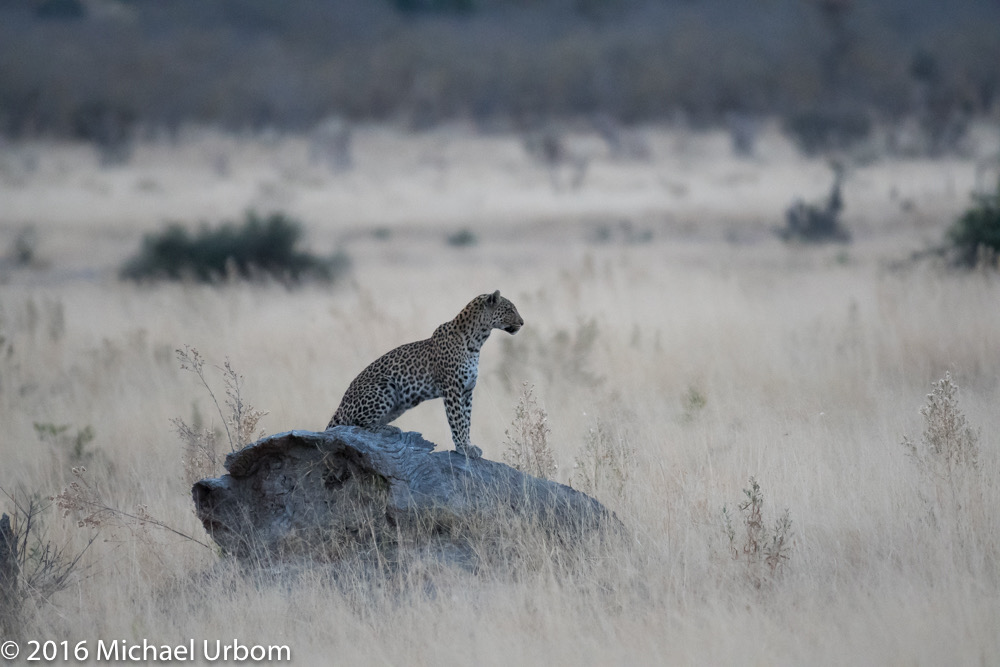
Botswana parks have opening and closing times that the tours and visitors respect. Those hours don’t always correspond to the reality of the situation, as we learned this afternoon.
The park opens for vehicles at 6am (this time of year; there is a slight shift of hours once a year). Even though we’re staying inside the park, we can’t take vehicles out of our camp site until 6am. But most of the time we don’t want to, as the light this time of year is non-existent at 6am. Indeed, at 6am I’m usually looking up at stars when I get out of my tent, and even though we tend to leave camp at 6:30, it’s still pretty darned dark out, and thus, not photographically viable.
This afternoon we hit the opposite problem. The pumping station at the far end of Marabou Pan near where the leopard was spotted is a long way from camp. Sunset occurs at about 6:10, and there’s definitely activity at the pan at sunset that we want to photograph. Unfortunately, camp is a good 30 minutes away, which means that we actually have to cut short our visit to the pan—which my vehicle didn’t get to until almost 6pm—we have to rush back to camp to get back by curfew.

The short answer is that we cheat. We dropped off the main road and drove the channel back to camp, since our camp is right on the channel. This takes us away from main areas where the wildlife department patrols, and because we’re in a depression the whole way, makes us essentially invisible. At that we only arrive five minutes late, so it’s not much of a cheat.
Still, this is a real issue for safari now in Botswana. It used to be that one of the classic things you’d do on safari is a “sundowner.” That’s where you stop someplace where you have a good sunset view and have a drink as the sunset goes down. Then you'd drive back to camp after that.
You can’t really do that most of the year because of the misalignment of the park hours and the sunrise/sunset times. That’s especially true of the really big areas that you might be traversing, such as Savute, as the distance from a key attraction to the camp area can be as much as 20km. The Botswana park service really needs to change their regulations to 30 minutes before sunrise to 30 minutes after sunset.
Of course they won’t, because that means variable times each day, and it’s far easier to tell the staff to patrol from A to B and cite anyone they find out before C and after D. Still, the one thing you really want to do in a tourism location is keep the tourists happy. The current regulations just aren’t all that safari friendly.
Don’t get me wrong. I fully support the notion that we give the animals a rest from vehicles each evening. But getting the truly memorable photos that would make people want to come to Botswana is more difficult under the current rules. Arbitrary times that don’t align with the astronomical condition aren’t the right answer.